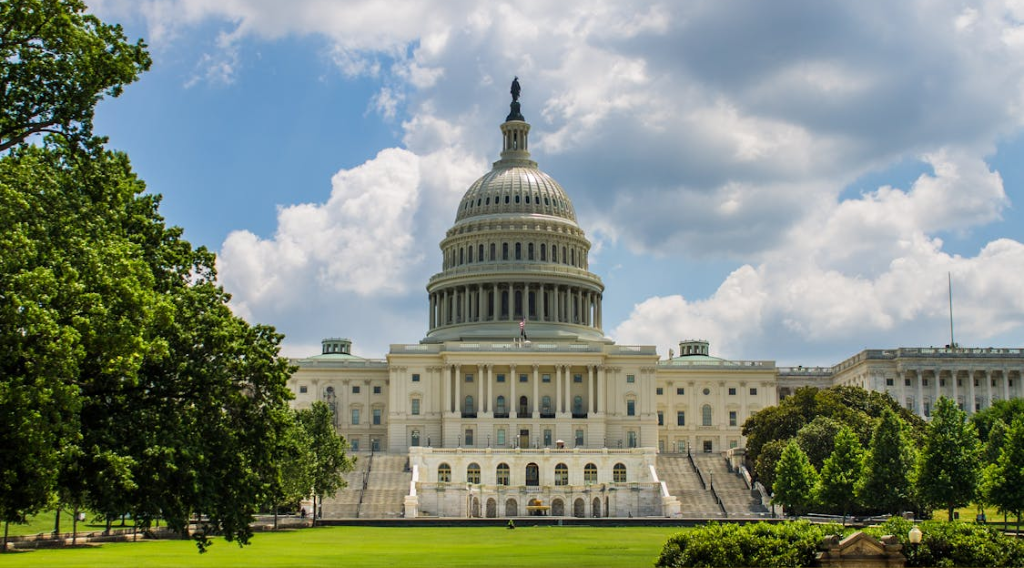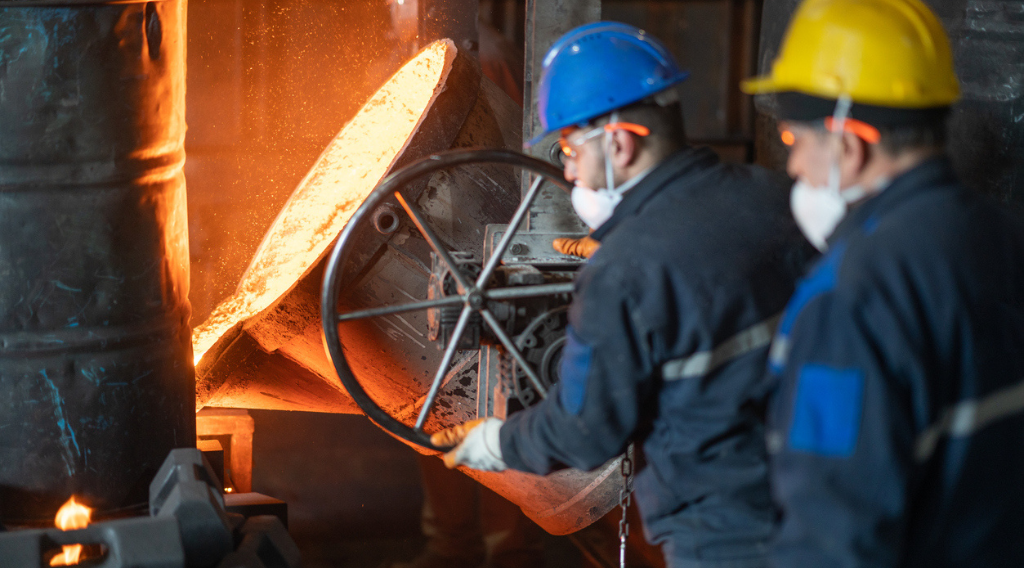
The United States must rapidly decarbonize its industrial and energy production sectors to meet its midcentury climate goals. The International Energy Agency and the Intergovernmental Panel on Climate Change have assessed that carbon management technologies, including direct air capture (DAC) and carbon capture and storage (CCS), will play an important role in meeting this objective alongside other necessary decarbonization technologies.
A critical component of deploying carbon management is carbon dioxide (CO2) transport via pipeline, which is often the most efficient method to carry captured and removed CO2 to be permanently stored in suitable geologic formations. There are over 5,000 miles of CO2 pipelines currently operating in the US, and much more will be needed to adequately scale carbon management infrastructure to meet 2050 net-zero carbon emissions goals.
With an increasing number of carbon management projects being considered and deployed across the country, it is important for communities, project developers, and local leaders to understand how these pipelines are regulated and be empowered with accurate and reliable data to understand the safety record.
A new issue brief from the Great Plains Institute aggregates historical data from the Pipeline and Hazard Materials Safety Administration (PHMSA), the federal agency charged with oversight and regulation of CO2 pipelines, to analyze the safety record of CO2 pipelines in the US.
What the data shows on CO2 pipeline safety
CO2 pipeline accidents are rare. In the first six years following PHMSA’s authorization in 1988 to enforce safety regulations related to CO2 pipelines, there were no reported accidents. The first recorded CO2 pipeline accident followed in 1994. PHMSA’s data shows that CO2 pipelines have had an average of 4.1 accidents per year and have never had more than nine accidents in a single year. From 2004 to 2022, CO2 pipelines had an average accident rate of 0.001 per mile in operation per year.
While accidents are rare, it’s important to be aware of the impacts they can have on surrounding communities. Accidents can cause bodily and property harm, and operators must report any injuries, fatalities, damage to property, and additional costs associated with a pipeline accident to PHMSA.
In terms of property damage, CO2 pipeline accidents are typically smaller in scale than pipeline accidents involving hazardous liquids. Since 2010, CO2 pipelines have had an average total property damage of $91,200 (2023$), compared to an average total property damage of $947,700 for pipeline accidents involving hazardous liquids (see figure 1). Additionally, much of the property damage associated with CO2 pipeline accidents is related to damage to an operator’s property.
In contrast, other types of pipeline accidents have a much higher portion of the overall property damage costs associated with emergency response and environmental remediation.
Figure 1. Property damage associated with CO2 and hazardous liquid pipeline accidents since 2010

Source: Pipeline and Hazardous Materials Safety Administration, “Distribution, Transmission & Gathering, LNG, and Liquid Accident and Incident Data.”
CO2 pipelines have not had a reported fatality since reporting began in 1988 and have only had one reported injury. While only one accident has reached the threshold for a reportable accident, which requires overnight hospitalization, a serious accident occurred involving natural force damage to a CO2 pipeline in Satartia, Mississippi, in 2020. As a result of this accident, 200 residents near the rupture location were evacuated, and 45 people were taken to the hospital.
Improving the safety record of CO2 pipelines to protect communities
In response to the accident in Satartia, PHMSA is in the process of updating its regulations for CO2 pipelines, and those updates are expected to be released later this year.
PHMSA’s current safety regulations require robust safety checks and standards for CO2 pipelines. CO2 pipeline operators are already required by statute to take certain steps to ensure pipelines are operated safely:
- Careful and attentive pipeline design
- Annual safety reporting to PHMSA
- Ongoing monitoring for pipeline leaks
- Safeguards against overpressure
- Protection against pipeline corrosion
PHMSA also requires CO2 pipeline operators to follow several safety programs. These requirements are periodically updated to further ensure CO2 pipelines are as safe as possible, lessen the likelihood of accidents, and better equip communities should they experience one.
In their Federal 2023 Policy Blueprint, our colleagues at the Carbon Capture Coalition, a coalition convened by GPI, outlined recommendations to bolster the safety standards of CO2 pipelines:
- Updating first responder training programs for CO2 pipeline safety incidents and expanding training to include local hospitals and 9-1-1 operators
- Requiring that project proponents more rigorously consider potential geohazard impacts on CO2 pipelines during design, siting, construction, and maintenance
- Requesting that PHMSA conduct additional reporting on the public safety record of CO2 pipelines
- Carrying out a government-led national assessment of the CO2 transport network necessary to meet net-zero emissions
In addition to regulatory changes at the federal level, states are addressing CO2 pipeline safety through legislation. For example, Illinois recently passed a bill that imposes a moratorium on CO2 pipelines for up to two years or until PHMSA completes its updated regulations. Also included in the legislation is a requirement that CO2 pipeline operators use advanced computer modeling to predict the movement and dispersal of CO2 in the event of a leak and provide those results to the state, after which they will be publicly available on a website.
Additional pipeline safety and emergency preparedness measures are also being discussed at the project and local levels. A model in Nebraska was announced in 2024 between CO2 pipeline operator Tallgrass, Bold Alliance, and local organizations in the form of a community benefits agreement (CBA). This CBA codified a series of community initiatives, including significant safety initiatives, and created landowner protections throughout the pipeline’s lifecycle.
Features of this CBA include a $400,000 funding commitment to equip first responders throughout the project’s development, ongoing annual funding to replenish and replace essential equipment, a $200,000 funding commitment to train first responders as the project comes online, and an annual obligation to provide public safety notifications to families who live along the pipeline right-of-way. The CBA gained the endorsement of the Nebraska State Volunteer Firefighter Association, further highlighting the effort to engage trusted local entities with a stake in the safety of impacted communities.
Main takeaways
GPI’s analysis of historical data from PHMSA shows that CO2 pipelines have an excellent safety record. At the same time, there are additional steps that federal regulatorsstates, and CO2 pipeline operators can take to ensure that this safety record holds and improves over time.


